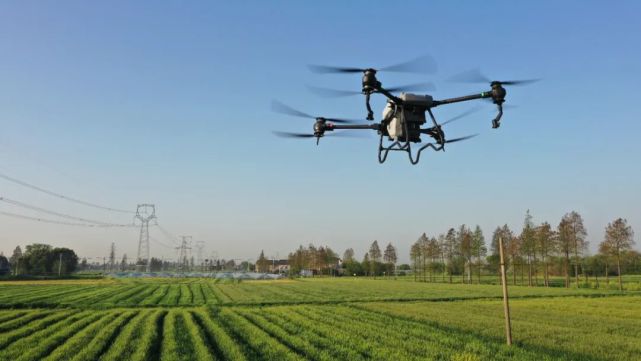Unmanned Aerial Vehicles (UAVs), commonly known as drones, have emerged as game-changers in modern agriculture, particularly in the field of crop protection. These aerial wonders have transformed the way farmers manage pests, diseases, and the overall health of their crops. In this article, we’ll delve into the remarkable world of agricultural drones and their pivotal role in ensuring food security and sustainability.
Traditionally, crop protection involved labor-intensive processes, including manual scouting of fields, applying pesticides indiscriminately, and hoping for the best results. This approach often resulted in overuse of chemicals, environmental damage, and uneven crop protection. UAVs have revolutionized this paradigm.
Equipped with high-resolution cameras and advanced sensors, agricultural drones provide farmers with invaluable insights into their fields’ conditions. These drones can capture detailed images of crops, allowing farmers to detect early signs of pest infestations, diseases, nutrient deficiencies, and even water stress. Armed with this information, farmers can make informed decisions about precisely when and where to apply pesticides or fertilizers, reducing waste and minimizing environmental impact.
Furthermore, UAVs offer a level of efficiency that is unmatched by traditional methods. They can cover large areas quickly and access remote or hard-to-reach fields with ease. This increased speed and accessibility enable farmers to respond rapidly to emerging threats and minimize crop damage.
The environmental benefits of using UAVs for crop protection are substantial. By reducing the overuse of pesticides and fertilizers, agricultural drones help protect natural ecosystems, reduce water pollution, and promote biodiversity. They also contribute to sustainable agriculture by optimizing resource utilization and minimizing waste.
As technology continues to advance, the capabilities of agricultural drones are expected to expand. The integration of artificial intelligence and machine learning algorithms will enable drones to identify specific pests or diseases and recommend targeted interventions. Additionally, the development of autonomous drone swarms will further enhance the efficiency of crop protection efforts.
In conclusion, agricultural drones represent a transformative force in crop protection, revolutionizing the way farmers manage their fields. With their precision, efficiency, and environmental benefits, UAVs are indispensable tools for modern agriculture. As we look to feed a growing global population while safeguarding our planet, the role of agricultural drones in sustainable and efficient crop protection cannot be overstated.







Please sign in to comment
register